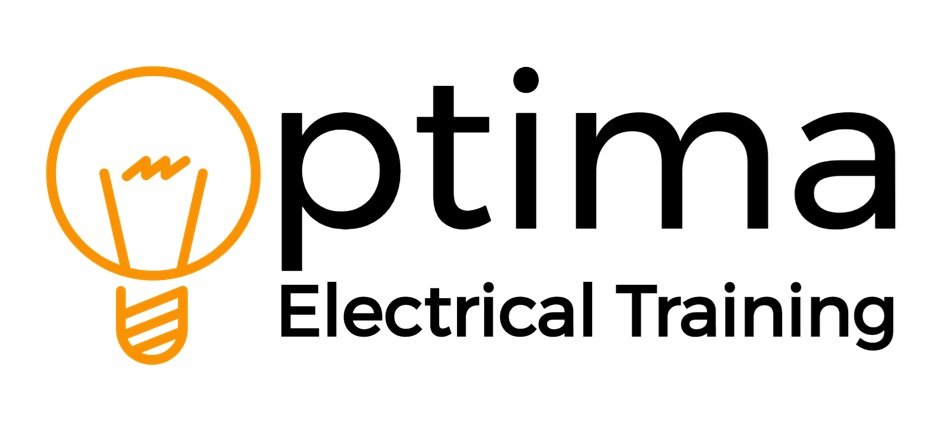AI and the Trades: How Artificial Intelligence is Shaping the Future of Work
The rise of artificial intelligence (AI) is transforming nearly every sector of the global economy. From healthcare and finance to logistics and education, intelligent machines are streamlining processes, enhancing productivity, and in some cases, replacing human labour. As these changes ripple through the job market, many are asking: what does this mean for skilled trades such as plumbing, gas engineering, and electrical work?
According to the World Economic Forum, AI and automation could displace around 85 million jobs by 2025. However, this same technological evolution is also expected to create approximately 97 million new roles better aligned with the future of work. Similarly, reports from Goldman Sachs and McKinsey predict that as many as 300 million jobs may be affected worldwide by the rise of generative AI technologies.
Despite these seismic shifts, the skilled trades sector appears to be uniquely resilient. Occupations that require dexterity, adaptability, and on-site judgement—such as plumbers and electricians—are among the least likely to be automated. Studies show that installation, maintenance, and repair roles face only 4–6% exposure to automation risk. Rather than replacing tradespeople, AI is more likely to augment their capabilities (Optima ECT).
How AI is Enhancing Skilled Trades
AI is already making its presence felt in the trades. Plumbers, for example, are starting to use AI-powered sensors and predictive analytics to detect leaks before they cause significant damage. These technologies can identify minute anomalies in water pressure or flow, helping technicians pinpoint problems with greater speed and accuracy.
In electrical and gas engineering, AI is improving diagnostics and safety. Smart meters, real-time system monitors, and predictive maintenance tools can alert professionals to potential faults before they escalate. This not only reduces downtime and emergency callouts but also enhances customer satisfaction.
Moreover, AI is transforming customer service and operations. Software platforms such as Netic, ServiceTitan, Housecall Pro, and Jobber are automating tasks like appointment booking, dispatching, and communication. For example, Netic’s AI-driven phone assistants now handle up to 20% of inbound service calls, freeing tradespeople to focus on critical fieldwork (Wall Street Journal).
Field assistance is another area of innovation. Augmented reality (AR) and AI tools are now guiding technicians through complex diagnostics and installations. ServiceTitan’s Titan Intelligence, for instance, provides virtual assistance and smart maintenance scheduling, helping technicians work more efficiently while maintaining high standards.
Why the Human Touch Still Matters
Despite these technological advances, certain aspects of skilled trades remain distinctly human. Working in varied and unpredictable environments—each with its own unique challenges—requires judgement, problem-solving, and dexterity that AI simply cannot replicate. Tasks like rewiring a home, repairing an old boiler, or diagnosing an intermittent fault require more than data analysis; they require human intuition.
AI also struggles with physical flexibility. The tools and manual labour involved in most trade work demand a level of fine motor control and adaptability that current robotics cannot match. In essence, AI can assist—but not replace—the hands-on expertise of trained professionals (All Trades Temp).
The Future Outlook for Trades
Far from being made obsolete, tradespeople are in higher demand than ever. In the United Kingdom and elsewhere, there are currently millions of trade job openings, driven in part by the retirement of older professionals. This growing labour gap presents a golden opportunity for younger generations to enter a stable, well-paying field.
What’s more, the adoption of AI in the trades is opening up new avenues for professional development. Those who understand how to integrate digital tools into their workflow will enjoy a competitive advantage, gaining access to higher-paying roles and greater job security.
Preparing for the AI-Enhanced Trade Workforce
To stay ahead, current and aspiring tradespeople should embrace AI as a tool for growth. This means adopting AI-enabled platforms for diagnostics, scheduling, and communication. It also means developing new skills: learning how to operate smart tools, interpret AI-generated insights, and understand emerging technologies in areas like smart homes and renewable energy systems.
Human skills remain vital, too. Communication, trust-building, safety awareness, and on-the-spot decision-making are all areas where humans outperform machines. By blending technical expertise with strong interpersonal abilities, tradespeople can future-proof their careers.
AI is not the end of the skilled trades. Rather, it marks the beginning of a new chapter—one in which technology empowers tradespeople to work smarter, faster, and more effectively. For those willing to adapt, the future holds immense promise. The tools may be changing, but the demand for human skill, experience, and judgement remains as strong as ever.
Thinking of retraining as an electrician?
At Optima, we provide comprehensive electrical training courses that equip you with the skills, qualifications, and confidence to work safely and legally in this vital industry.
Whether you’re just starting out or looking to expand your qualifications, our accredited training programmes will give you the knowledge, confidence, and credentials to meet new building standards and market demand.
✅ Hands-on training
✅ Industry-recognised certifications
✅ Expert instructors with real-world experience
✅ Courses tailored to upcoming regulations
Contact us today to embark on your training journey.
Contact us: Request Information
Email: info@optima-ect.com
Freephone +44 800 0371572


